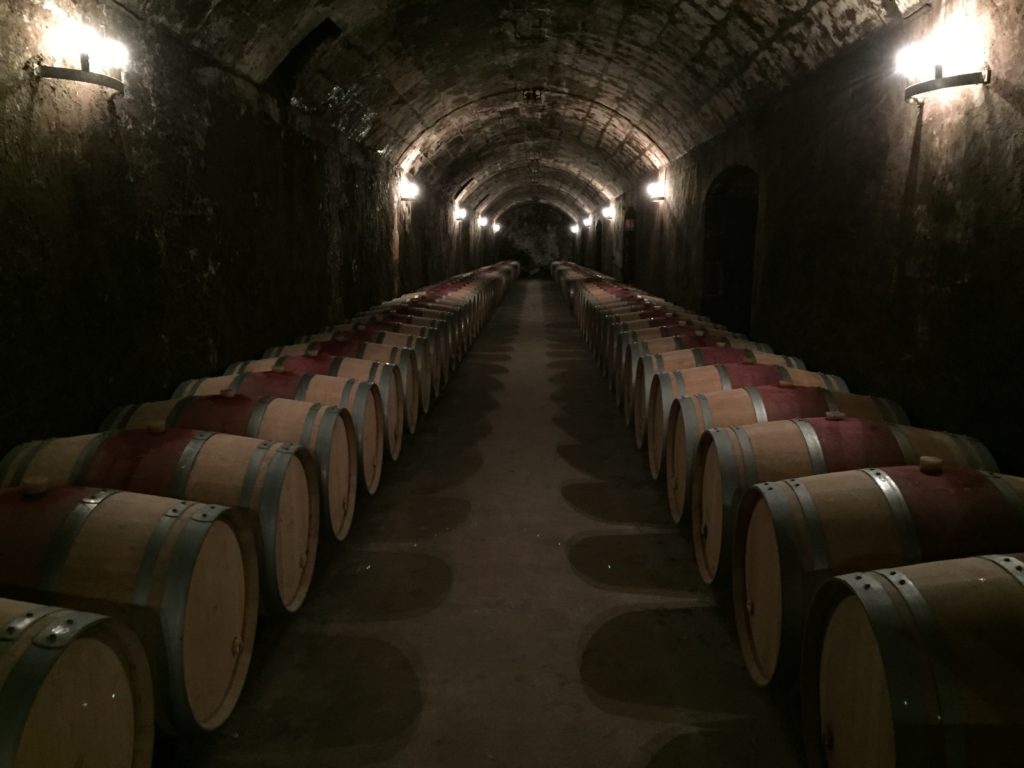
In 2018, my family and I took a trip to Bordeaux, France, a region that prides itself for world-class wine. We visited multiple chateaus that looked like miniature palaces from the 19thcentury. On the outside, they were extravagant and radiated quite a historic glow. On the inside, they were surprisingly minimalistic: fermenting cylinders, labyrinth cellars, and reception offices. Each chateau representative we have talked to offered a unique insight into why their chateau’s wine is better than the neighbor’s. Organic growing techniques, hand-picked grapes, land, sun, shade, grape mix all play a role in making the best quality wine. Interestingly, it is the land and regional weather patterns that decide who gets to produce the best wine. As I learned during my tour, Petrusis among the top vineyards in Bordeaux with an average price of $2,895 for a bottle of wine. Why? It’s the land. Recently, however, the wine industry, not just in France but all over the world, has been changing due to human-induced climate volatility. Climate change already affects crop yield, geographical preferences, and quality of wine among other things. What does is it mean for the wine industry in economic terms and what does it mean for consumers?

When thinking about an economy of a region or a country wine may seem like a miscellaneous factor, yet the world’s elite and wine enthusiasts have turned this alcoholic beverage into a portfolio investment diversification that brings in millions of dollars in profit. Cult Wines, a U.K. wine portfolio manager, in fact, returns 13% on wine investments annually. Wine has become a status symbol and fierce competition between the world’s renown vineries has encouraged an appreciation in value and rapid industry growth. In 2018, the global wine market had a total value of $302 billion and it is expected to rise to $450 billion by 2024. That’s more than 3 times the GDP of Ukraine. In 2016, the California wine industry output was $57.6 billion (2.3% of California’s GDP in 2016). This is not a major economic driver; however, the Californian wine industry is responsible for 786,387 jobs nationwide of which 325,000 are based in California alone.
The wine industry is a particularly interesting area to investigate under the economic and environmental spotlight because in some cases it defies what one might think of climate change. Regions, that were once unsuitable for producing high-quality wine, such as Mosel and Rhine Valleys in Germany can now make world-class wine. According to research conducted by two professors from Princeton and NYU, in the 3C warming scenario, the value of vineyards in Mosel Valley may double while revenues may rise by 180%. As temperatures rise the northern regions of France and Germany will generally produce higher quality wine which is good news for Bordeaux. Studies show that a 1C increase in temperature leads to a 61.1% increase in price for Grand Cru Bordeaux wines. Sounds like climate change is good news? Not so fast. If the temperatures keep rising California may produce worse quality wine. Additionally, according to the Intergovernmental Panel on Climate Change (2000) A2 scenario, the total area suitable for growing grapes in the U.S. will shrink from 4.1 million square kilometers to 3.5 million square kilometers by the end of the 21stcentury. Given that the California wine industry is so ubiquitous in the U.S. and employs over 700,000 people nationwide the rising temperatures will pose a significant challenge to Napa vineyards. Changing wildfire patterns will also pose an economic threat to the industry. Fortunately, rising temperatures are a long-term phenomenon that leaves plenty of room for vineyards to adapt by shifting harvest seasons and employing extensive irrigation techniques.
There are, of course, limitations to the accuracy of economic forecasts, and it is too early to say what the true impact on the industry will be. One thing is certain – Petrus is still going to be expensive and there will be no shortage of fine wine in the near future.
Sources:
https://www.mordorintelligence.com/industry-reports/wine-market
https://ideas.repec.org/a/tpr/restat/v92y2010i2p333-349.html
https://academic.oup.com/reep/article/10/1/25/2583835
https://www.nytimes.com/interactive/2019/10/14/dining/drinks/climate-change-wine.html